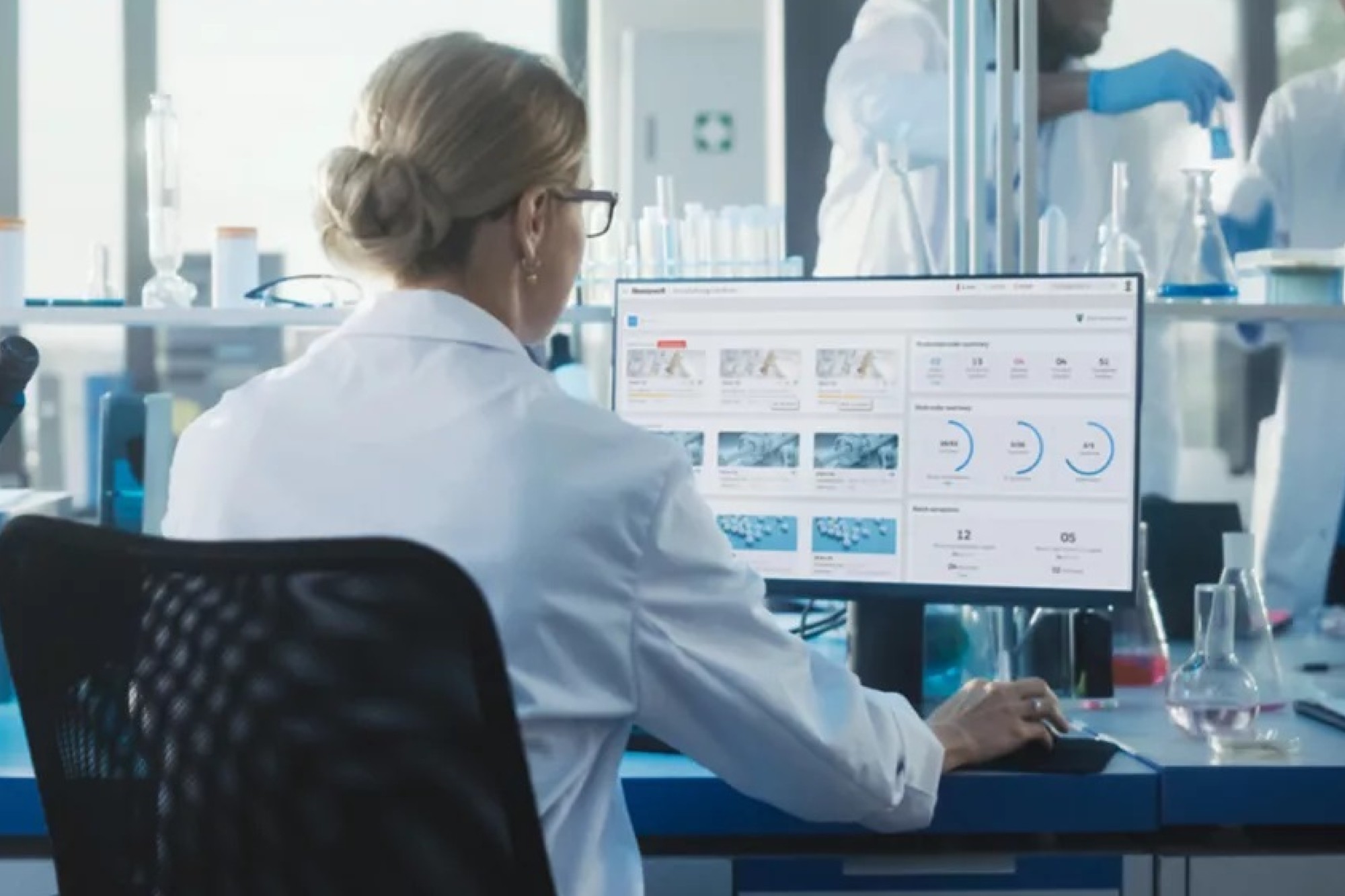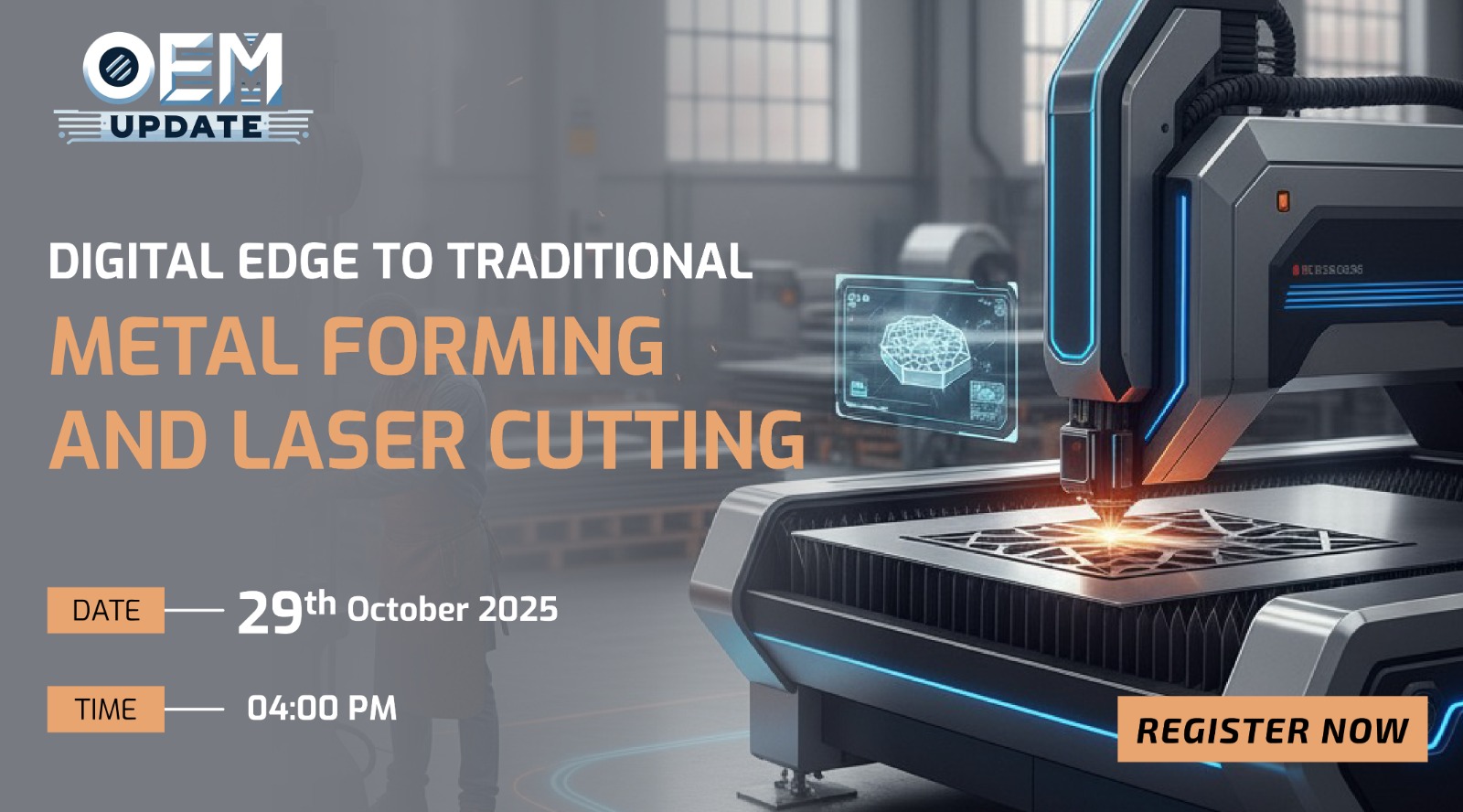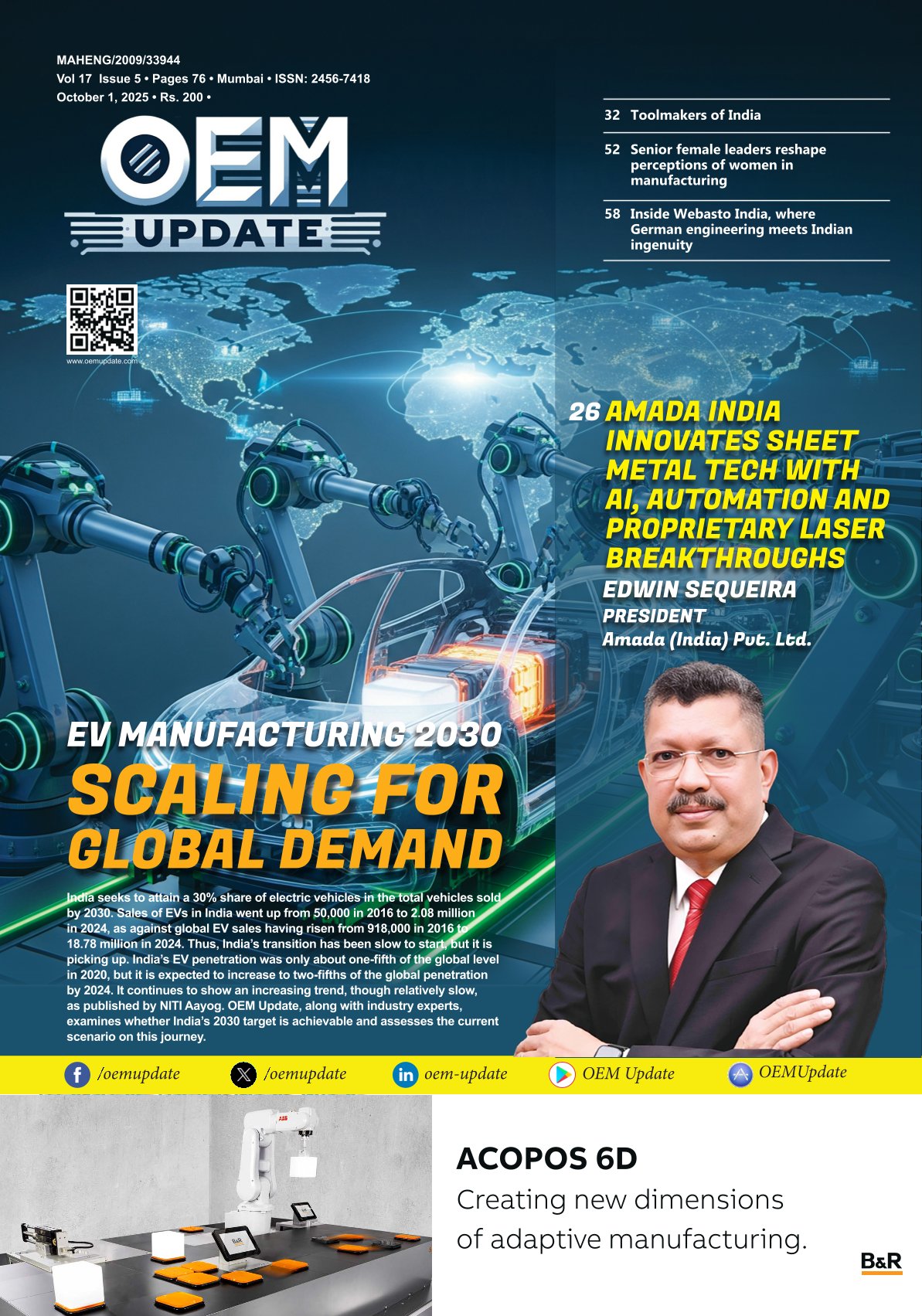Equipment for mass manufacturing of carbon parts
By admin February 17, 2014 7:16 am IST
RTM presses offer short cycle times and high part quality
Carbon fibre-reinforced plastics (CFRPs or simply carbon) have been used for the manufacturing of cars for several years now. As the ultra-light, extremely rigid material is much more expensive than steel or aluminium; however, it is rarely used in mass manufacturing processes. Schuler now offers lines which can economically produce CFRP parts – even in large volumes.
For the manufacturing of carbon parts, Schuler uses the RTM (Resin Transfer Moulding) process in which woven carbon fibre mats are placed in a die, filled with resin and hardened by applying heat and the pressure of the press. “High-pressure RTM presses not only enable shorter cycle times for complex parts with high requirements regarding geometry and rigidity, but also deliver consistently high part and surface quality,” says Product Manager Raimund Zirn. This virtually eliminates so called voids, i.e. resin-free vacuum pores or gaps within the part or along its edges.
In the high-pressure RTM process, resin is injected as quickly and smoothly as possible into the vacuum mould which is opened by just a few tenths of a millimetre. This gap injection process enables the resin to spread over the mat with far less flow resistance and thus with low injection pressure. It then quickly infiltrates the mat before polymerisation is started by heat induction.
The curing process begins with the wetting of the last fibres“The vacuumising, fast resin injection, high resin pressures and tempered dies mean that the gelling process virtually begins with the wetting of the last fibre,” explains Raimund Zirn. Curing takes 4-8 minutes – the thicker the part, the longer, as the reaction heat cannot be led as easily into the die. Depending on the part, the necessary resin pressures also vary between 30 and 150 bar. Large-surface exterior panels with clamping areas of 3,600 mm x 2,400 mm require total press forces of 36,000 kN or more.
The pre-form and part handling processes, as well as the necessary die cleaning account for a considerable part of the RTM cycle lasting 2-3 minutes. “This largely involves the removal of plastic residues, which mainly stick to the polymer seal located in the lower die,” adds Raimund Zirn. On request, however, Schuler can fit the RTM presses with two shuttle moving bolsters so that a common upper die can be operated with two alternating, movable lower dies. This reduces downtime to the period it takes to replace the lower dies, e.g. with a distance of 4.5 m per moving bolster approximately 20 seconds.
Upstroke short-stroke presses offer more benefitsRTM presses are available in two designs: conventional downstroke machines work with a fixed bed and moving bolster, and a slide whose press force is transmitted via cylinders in the press crown. Parallelism is ensured by four servo-controlled counter pressure cylinders located at the bed corners. These are also responsible for the breakout force needed to counter the adhesive forces and open the die.
In the upstroke short-stroke press, the slide only acts as support during the pressing. From top dead centre, the slide is moved by a drive cylinder to its support position and locked there. The actual working stroke is performed by the bed plate, driven by several short-stroke cylinders. Parallelism is ensured by the servo controlling of these cylinders. The breakout force in upstroke presses is achieved by the withdrawal of the bed plate. “The benefits of the upstroke short-stroke press compared to downstroke designs are the high closing speeds of 1000 mm/s, the shorter pressure build-up times of under 0.3 seconds and the significantly lower construction height,” states Mr Zirn.
Order from British National Composites CentreThese benefits coupled with Schuler’s expertise in forming technology also led the National Composites Centre in Bristol, UK, to place an order with the press manufacturer to manufacture composite materials. The order is for an upstroke short-stroke press with 36,000 kN of press force and a clamping surface of 3.6 m x 2.4 m. With its various process modes, the press covers all common press methods for composite materials, including CFRPs.
Cookie Consent
We use cookies to personalize your experience. By continuing to visit this website you agree to our Terms & Conditions, Privacy Policy and Cookie Policy.
















